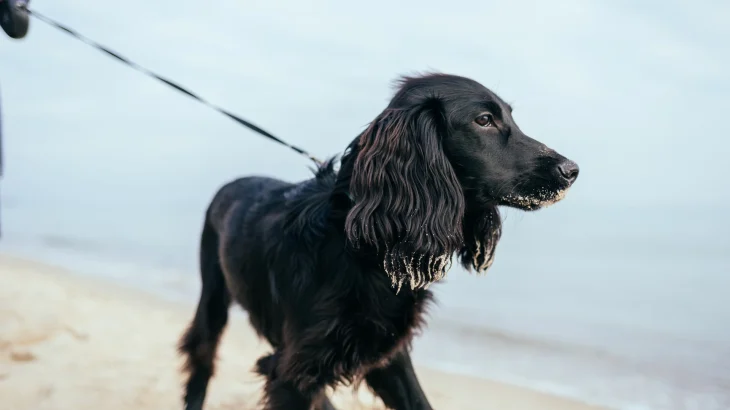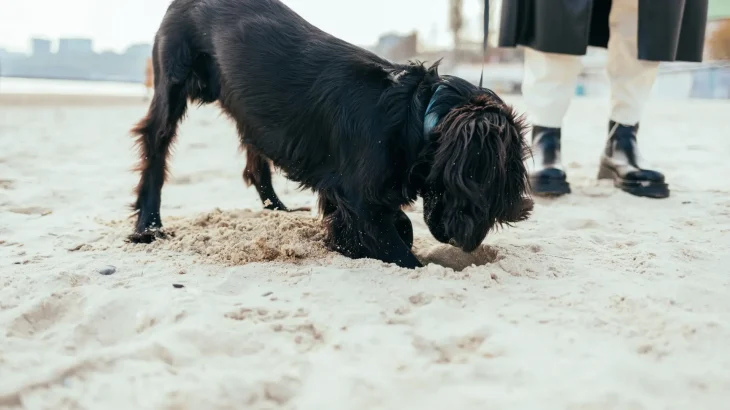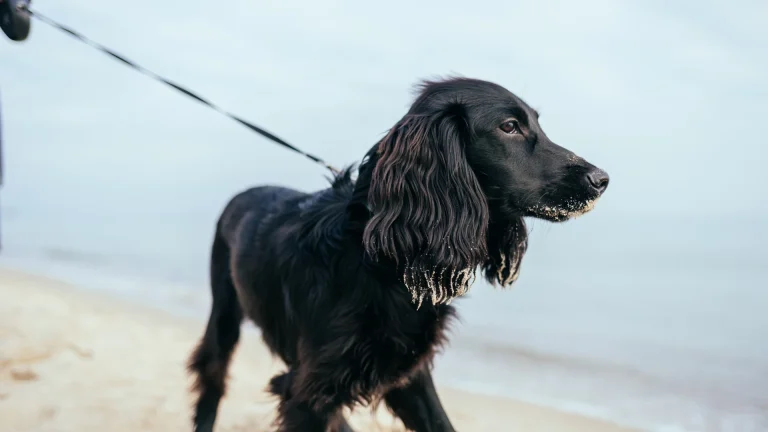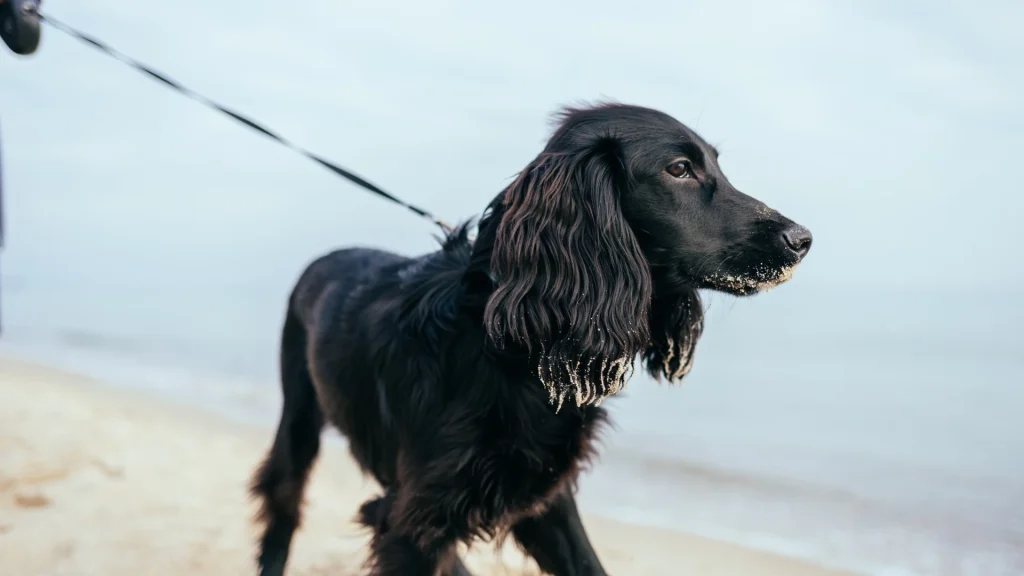Choosing between adopting or purchasing a Blue Picardy Spaniel puppy depends on your priorities around cost, health information, and ethics. Buying from a reputable breeder usually offers detailed health history and pedigree assurance, while adopting gives a home to a dog in need, often at a lower cost.
| Criteria | Buying from Breeder | Adopting from Shelter/Rescue |
|---|---|---|
| Cost | Generally higher, reflecting purebred status and breeder expenses. | Lower adoption fees, making it more budget-friendly. |
| Health History | Usually detailed with genetic screening and medical records. | May be limited or unknown; basic health checks often provided. |
| Age Availability | Primarily puppies, allowing early bonding and training. | Wide range of ages including adults, suiting different needs. |
| Temperament Insight | Breeders provide temperament info based on lineage. | Behavioral observations available, but history can be incomplete. |
| Ethical Considerations | Supports breed preservation when buying from responsible breeders. | Helps reduce shelter populations and supports animal welfare. |
| Breed Purity & Pedigree | Guaranteed purebred with documented lineage and registration papers. | Breed purity might be uncertain; fewer or no pedigree details. |




















































